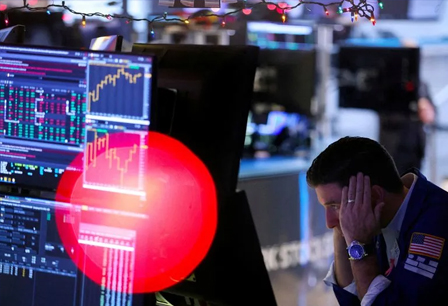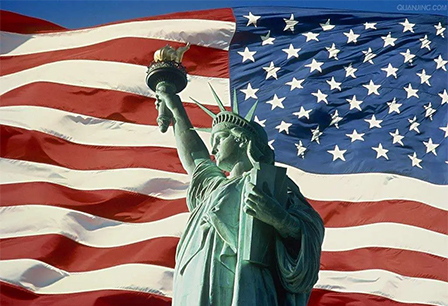A hotter-than-expected inflation print rocked bond markets Wednesday, sending the US 10-year Treasury note yield (^TNX) to 4.56%, the highest level since November. The jump (18 bps) was the biggest in nearly two years.
The resulting volatility leaked into equities — particularly the interest rate-sensitive areas of real estate, utilities, and regional banks — handing the Russell 2000 (^RUT) its worst trading day in eight weeks, down 2.5%.
Since December, the Fed has all but promised rate cuts are likely in 2024 based on the premise that price increases have moderated and are closing in on the Fed's 2% inflation target.
Delving inside the inflation numbers, many components are clearly accelerating to the upside, including the Fed-touted "supercore" services number that excludes shelter-related prices.
As Apollo Global Management chief economist Torsten Sløk noted to clients, the year-over-year change in supercore inflation is now running at 5%, while the three-month change has jumped to 8% — not far from its early 2022 peak, which was then a 40-year high. (Disclosure: Yahoo Finance is owned by Apollo Global Management.)
The Fed aims to avoid repeating the double-inflation episode that rocked the 1970s and early 1980s. To this end, James Bullard penned an important missive about this bygone inflation era in 2022 (while president of the St. Louis Fed).
After price inflation spiked to 12% in 1974, the Arthur Burns-led Fed was quick to keep the policy rate relatively low, even as inflation rose again.
"What followed was high and variable inflation over the next decade," as inflation would hold stubbornly over 5%. "[T]he real economy was volatile, in part because high inflation distorts price signals, which can hamper real economic activity."
In 1979, after price inflation poked above 10% again, Paul Volcker was installed as Fed chair to put the inflation genie back in the bottle for good.
But even Volcker got it wrong in his early days as Fed chair. Less than a year into his eight-year tenure, the fed funds rate stood north of 20% as CPI peaked at 15%. The Volcker Fed quickly lowered the policy rate to 9% over a few months — only to throttle it to 20% in 1980.
From there, the Fed dropped it to 16%, but the central bank was again forced to raise its benchmark to 20% — the third time in just over a year.
Finally, by 1983, inflation had cooled to a manageable 2.5%. This time as it inflected upwards, the Volcker Fed was prepared.
"The 1983 [Federal Open Market Committee] focused more on monetary factors affecting inflation and consequently kept the policy rate relatively high, even as inflation declined," said Bullard.
And while the Fed kept its benchmark rate high relative to inflation, the US economy kept humming.
"One might have expected the high real interest rates to cause a recession, but that didn’t happen," said Bullard.
Higher for longer? History rhymes.












